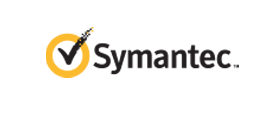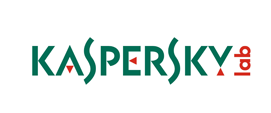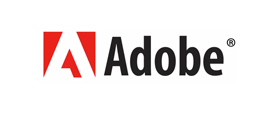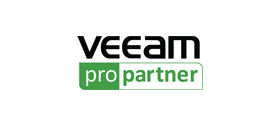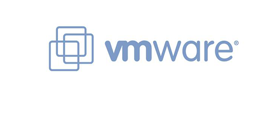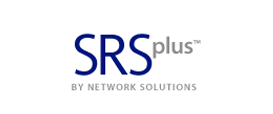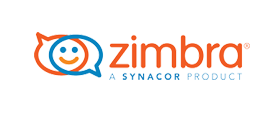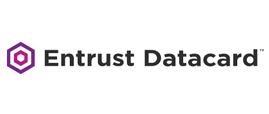-
Welcome to My Website
This is a text box. Write your own content here. This is an excellent place for you to add a paragraph.
Netway Support Center
เราพร้อมบริการคุณ ตลอด 24 ชั่วโมง
Payment & Invoices
Products Knowledge










Zendesk




Other Cloud Products
Technical Knowledge
Website/Install Application & FTP
Linux Technical Knowledge
Windows Technical Knowledge
Database
Blog list (8)
How to change an email account password in cPanel
How to change an email account password in cPanel This demo assumes you've already logged in to cPanel, and are starting on the home screen. Click the Email Accounts icon. Now let's learn how to change an email account's password in cPanel. Find the account you want to change, then click the Change Password link beside it. Enter and confirm a new password for this account, then click Change Password. That's it! The password has been changed for that email account. You'll now have to update your email clients with the new password, to make sure you can retrieve your emails. This is the end of the tutorial. You now know how to change an email account's password in cPanel.
How to set a return to sending failure message for unrouted emails in Plesk
How to set a default email address for unrouted emails in Plesk
How to delete an email forwarder in Plesk
How to disable auto-reply for an email account in Plesk
-
Domain
-
Hosting
-
Cloud & Managed
-
SSL
-
Email
- เรียนรู้เพิ่มเติม
- Microsoft 365 รุ่นต่างๆ
- Microsoft 365 สำหรับธุรกิจ
- Microsoft 365 สำหรับใช้งานที่บ้าน
- ทดลองฟรี
- G Suite
- เทคนิคลดต้นทุนอีเมล Microsoft 365 มากกว่า 28%
- เทคนิคลดต้นทุนอีเมล G Suite มากกว่า 19%
- Zimbra-Based Email
- Traditional Email by cPanel
- Physical to Cloud Migration
- Exchange Server to Microsoft 365 Migration
- G Suite to Microsoft 365 Migration
- Microsoft 365 to G Suite Migration
- Cloud to Cloud Migration
-
Microsoft
-
Google
-
Marketing
-
Others
-
Blog
-
Microsoft Teams
-
microsoft-365-business-premium
-
test-slide
-
Order
-
Promo
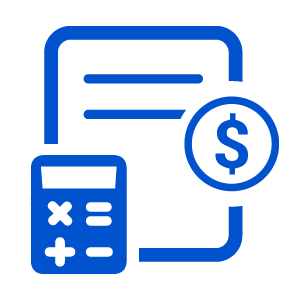




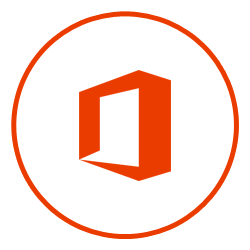





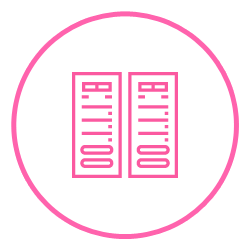










.png)



.png)







